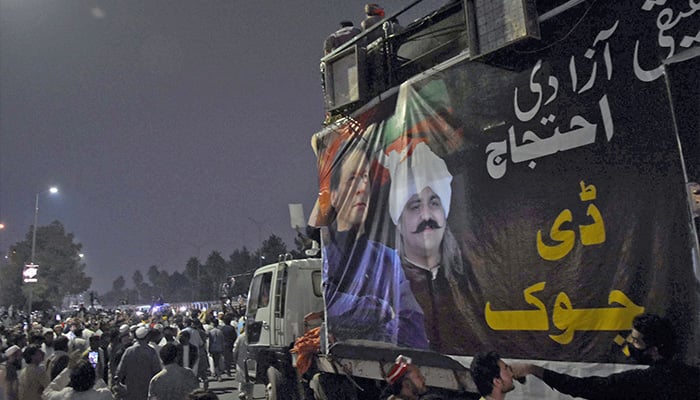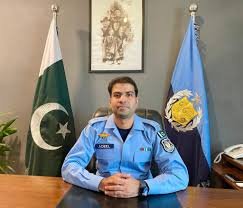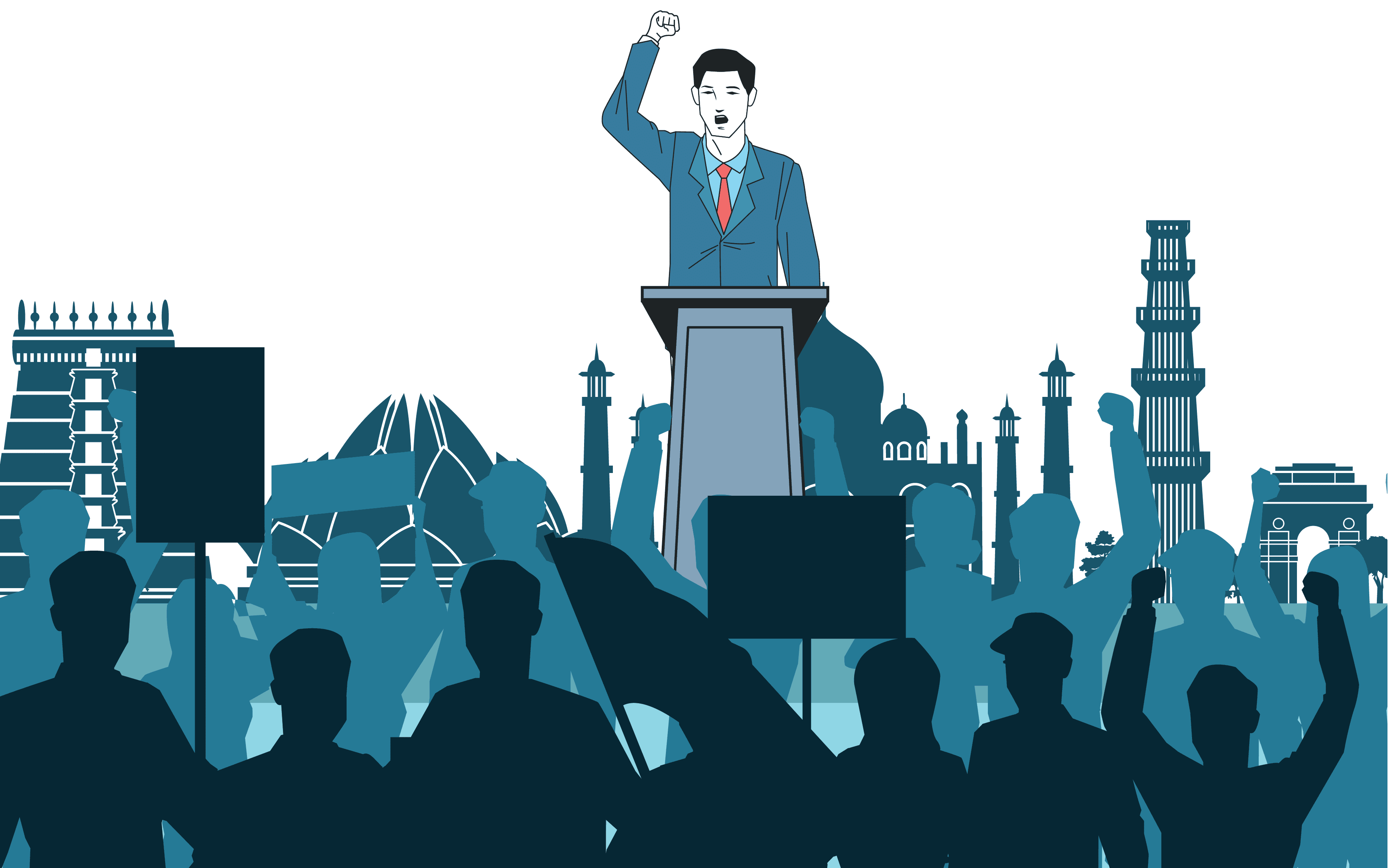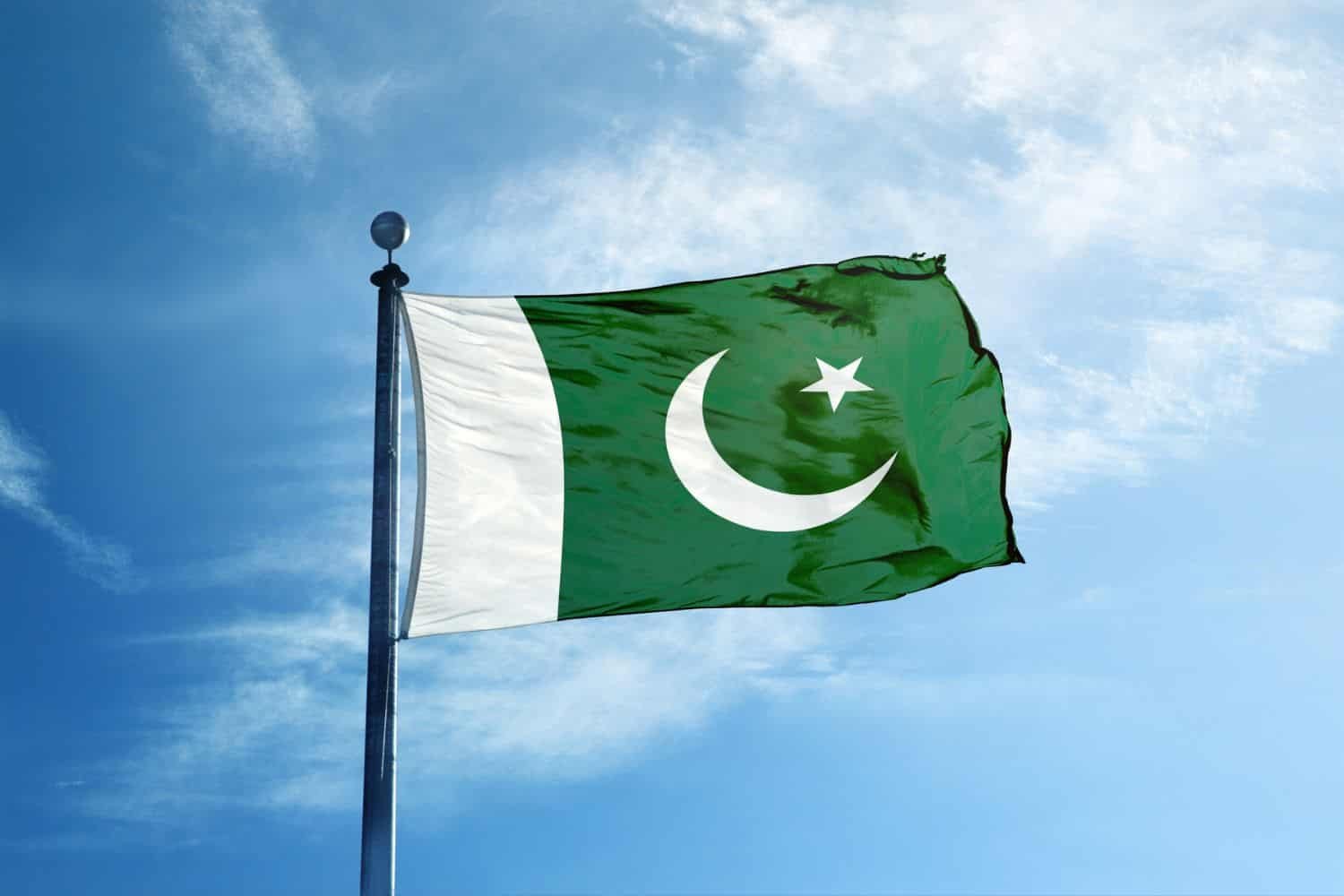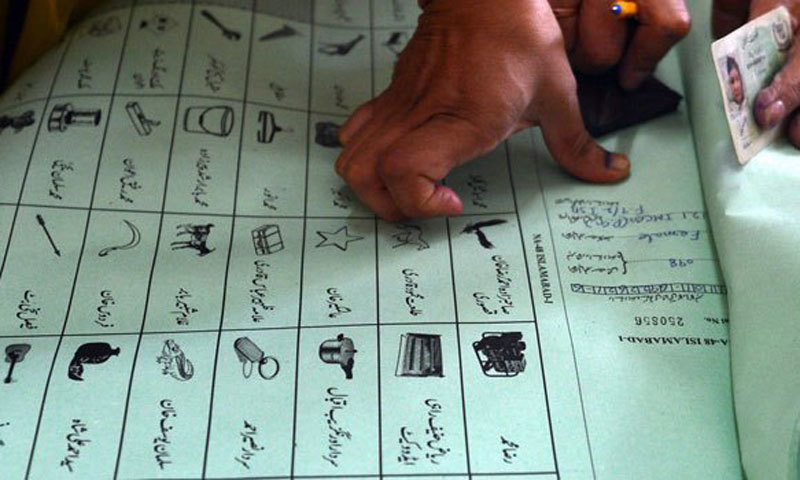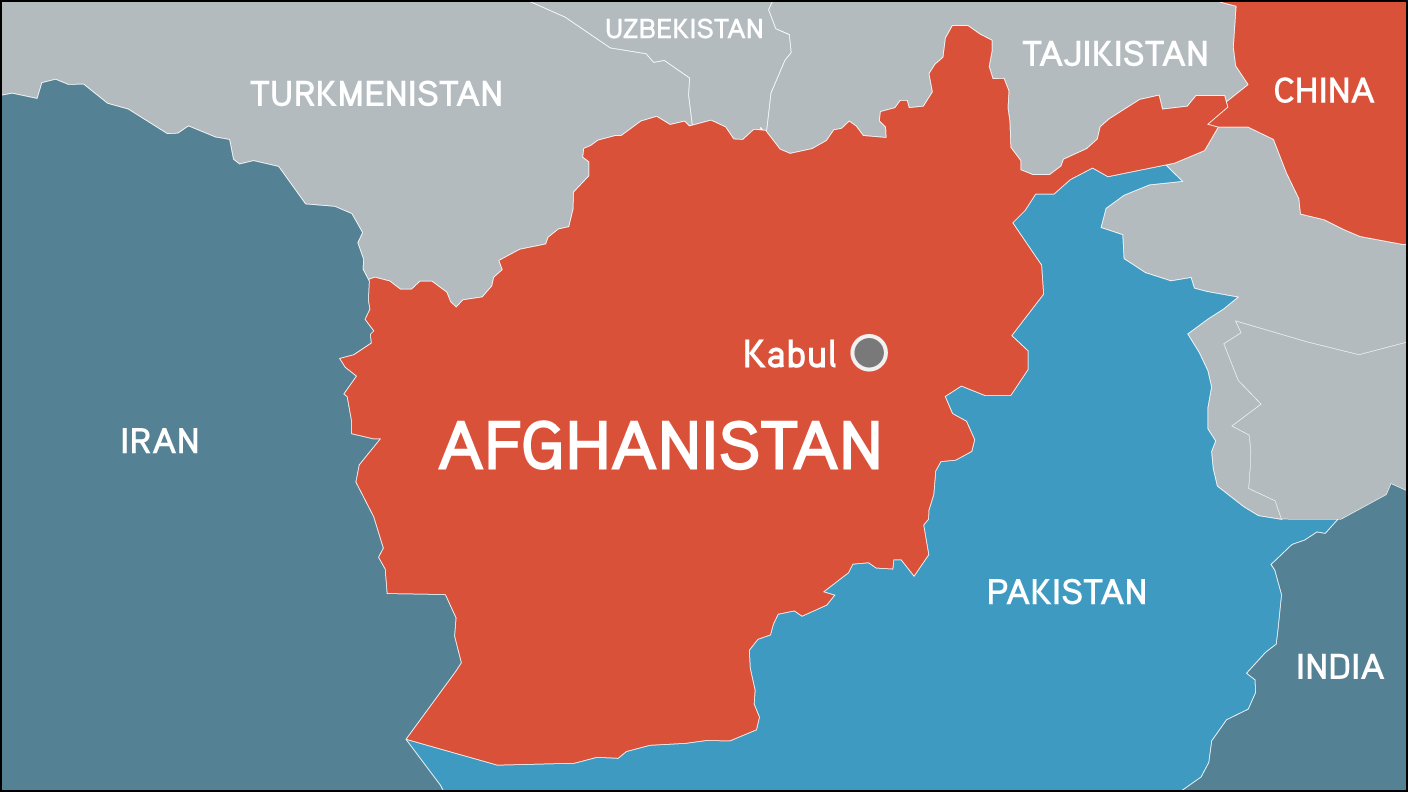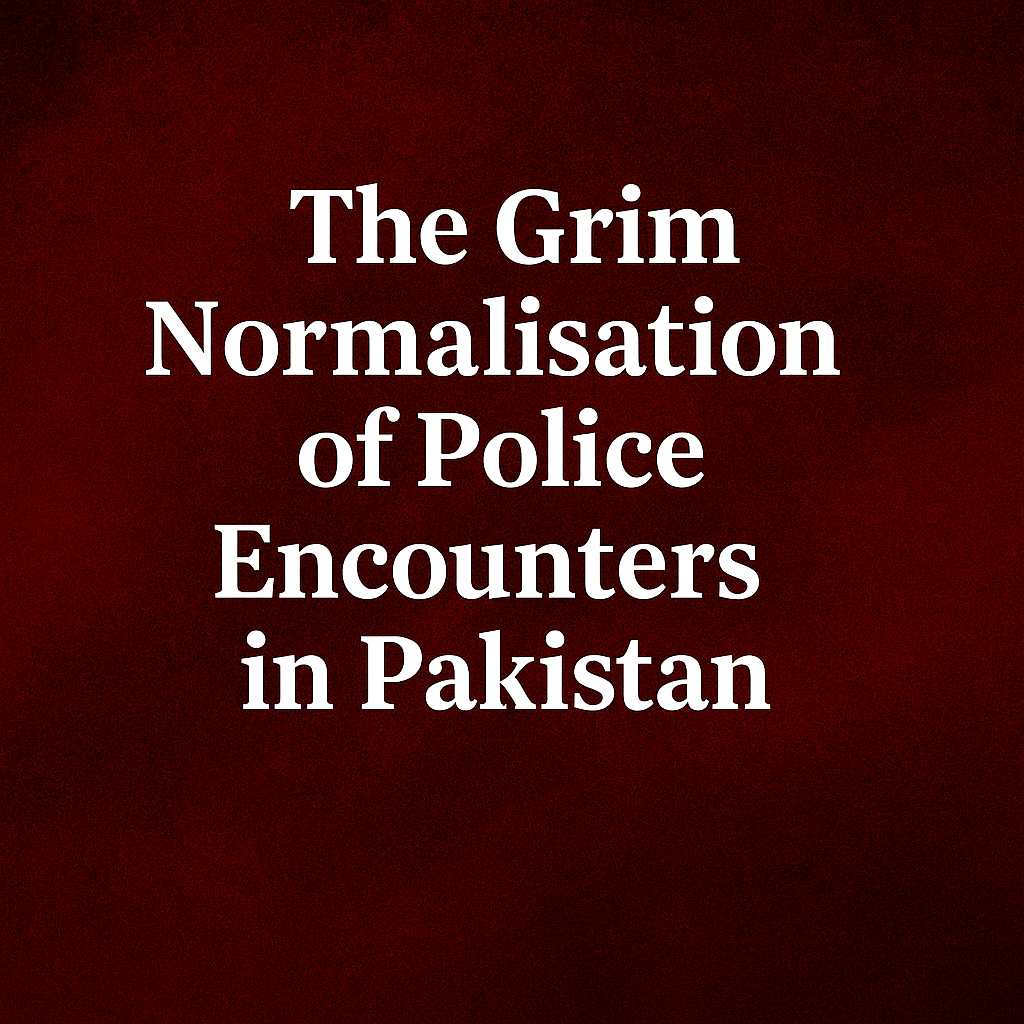Tahir Maqsood Chheena
The Pakistan Tehreek-e-Insaf (PTI) finds itself at a pivotal moment in its political journey. Recent statements, such as senior leader Omar Ayub Khan’s remark that the party is open to dialogue “be it with humans or angels,” encapsulate the confusion and shifting approach within the party. Coming shortly after PTI Chairman Imran Khan’s threat of a civil disobedience movement unless certain demands—including the release of “political prisoners” and the formation of a judicial commission to investigate the events of May 9, 2023, and November 26—are met, Ayub Khan’s comments seem at once revealing and puzzling. The reference to ‘angels’ is not only cryptic but also deeply indicative of the PTI’s history of bypassing traditional political negotiations in favor of engaging with non-political entities, often including the establishment. This longstanding strategy, particularly after the fallout from the May 9 protests, has not been reciprocated by the establishment, leaving the party in a state of political flux and prompting a reluctant reconsideration of its approach.
The PTI’s willingness to engage in dialogue with other political parties—whom Ayub Khan referred to as ‘humans’—marks a significant, though delayed, shift in the party’s tactics. This shift should not come as a surprise to observers, as experts have long pointed out that political resolutions require communication and negotiation among political parties themselves, not just backdoor dealings with extraneous powers. The PTI’s recent openness to political dialogue may indicate a pragmatic recognition of its waning political capital and the growing internal divisions that have weakened its ability to function as a united force.
The fractures within the PTI have become increasingly evident. Whether it is Imran Khan’s family members, such as Bushra Bibi, or prominent party leaders like Ali Amin Gandapur, the party is now more fractured than ever before. This internal disunity severely limits the PTI’s ability to present a coherent, unified front against the government, let alone organize a coordinated movement. The most recent call for a joint opposition movement from former National Assembly Speaker Asad Qaisar highlights the growing tension between the PTI’s rhetoric and its organizational capacity. This disconnect raises important questions about whether the party is truly ready to abandon its confrontational stance and engage in constructive political dialogue.
The PTI’s history of missed opportunities is also worth noting. Time and again, the party has rejected avenues for negotiation, including refusing to negotiate when the Pakistan Democratic Movement (PDM) government offered a potential election date or turning down the Pakistan Peoples Party’s (PPP) proposal for a coalition government following the general elections. These past missteps have increasingly isolated the PTI from other political players, making it more difficult for the party to regain influence. This is why the party’s recent shift toward pragmatism should be welcomed, though one must question its sustainability. The question remains whether the PTI is genuinely committed to dialogue, or whether this will simply be another fleeting moment of concession before returning to its old confrontational tactics.
The PTI’s new willingness to talk has coincided with reports suggesting that some factions within the ruling Pakistan Muslim League-Nawaz (PML-N) have recognized the futility of attempting to politically sideline the PTI. These factions are reportedly open to initiating dialogue with the party. This represents a crucial opportunity for PTI: it can either seize this moment to rebuild political bridges and reclaim its lost ground, or it can risk further marginalization. The latter would only deepen the party’s isolation, while grandstanding about civil disobedience or launching ill-planned movements will only erode its political relevance.
The downfall of PTI’s prior attempts at mobilization—especially the ill-fated call for civil disobedience—should serve as a cautionary tale. These attempts, lacking clear strategies and organizational cohesion, only served to further fracture the party and diminish its credibility in the eyes of both its supporters and opponents. PTI’s recent calls for such drastic measures have failed to materialize into meaningful action, diminishing the party’s ability to assert itself on the political stage. Instead of escalating the confrontation, PTI needs to focus on rebuilding its internal unity and engaging in political dialogue in earnest.
Rebuilding internal coherence should be the PTI’s top priority. If the party seeks to reclaim its relevance and restore its position in Pakistan’s political arena, it must first resolve its internal divisions and re-establish a unified organizational structure. This will allow the PTI to effectively engage with other political parties and present itself as a viable opposition force. To succeed, the party must be ready to adopt a collaborative approach rather than holding steadfast to its previous confrontational tactics.
Constructive dialogue with other political forces is essential for PTI’s long-term survival. The party’s prior strategy of dealing with the establishment and bypassing political dialogue has failed to deliver tangible results, leaving it isolated and politically vulnerable. This shift towards engagement with other political parties could provide PTI with an opportunity to rebuild alliances, reassess its strategy, and, ultimately, regain influence in national politics.
However, the PTI’s commitment to dialogue will be tested in the coming months. The party must be careful not to backslide into its confrontational rhetoric, which has repeatedly failed to deliver any substantial political victories. If PTI truly wishes to reclaim its relevance and ensure its place in Pakistan’s political landscape, it must move beyond the rhetoric of resistance and adopt a more pragmatic, cooperative approach.
The key challenge for PTI is to bridge the gap between its internal divisions and its external political engagements. While dialogue with political parties is necessary for the resolution of the party’s current crisis, it will only be meaningful if PTI is able to present itself as a united front. This will require the party to prioritize internal cohesion and build a stronger organizational foundation. Until this happens, PTI will continue to flounder in a state of disarray, unable to achieve its political objectives.
In conclusion, PTI stands at a critical juncture in its political trajectory. Its shifting stance toward dialogue with other political parties reflects a necessary acknowledgment of its current vulnerabilities, but whether this change is sustainable remains to be seen. The party must now demonstrate its commitment to constructive engagement and internal unity. If PTI can overcome its internal fractures and embrace collaboration with other political forces, it may yet have a chance to regain its place in Pakistan’s political mainstream. However, failure to do so will consign it to the margins of Pakistan’s political landscape, where its confrontational rhetoric will no longer hold the same sway. The time for dialogue, not discord, is now.



